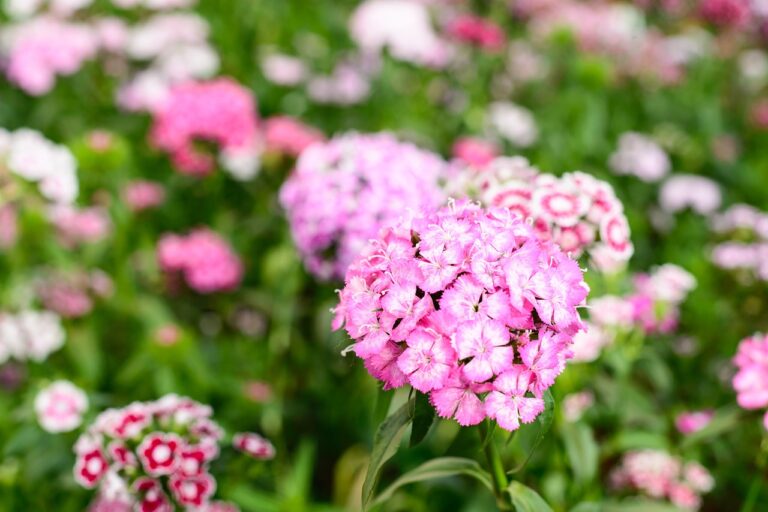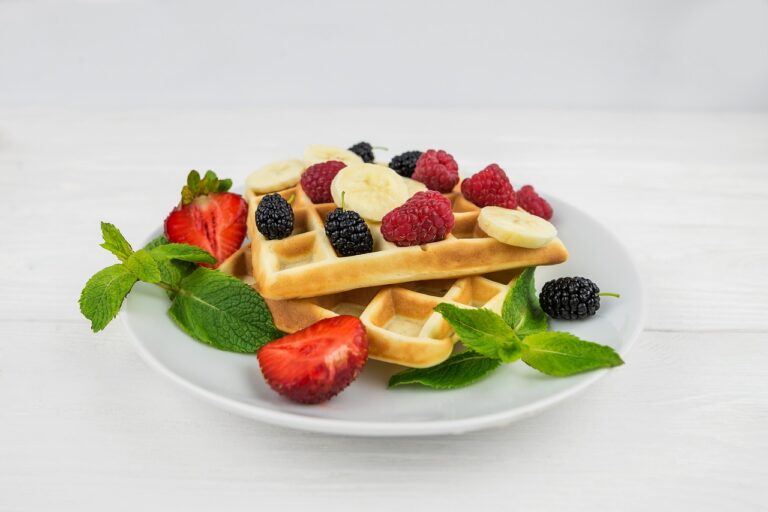Creating a DIY Vertical Succulent Garden: Greenery in Small Spaces
When embarking on creating your own vertical succulent garden, it’s important to gather the necessary materials before getting started. Begin by acquiring a vertical structure strong enough to support the weight of the succulents and soil, such as a wooden pallet or a metal frame specifically designed for vertical gardening. Additionally, you will need landscaping fabric to create pockets for planting the succulents, as well as a staple gun to secure the fabric in place.
Next, make sure to have a good quality well-draining succulent soil mix on hand to provide the proper growing medium for your plants. Succulents thrive in well-draining soil that allows excess water to flow through easily, helping to prevent root rot. Lastly, gather a variety of succulent plants that are suitable for vertical gardening, such as sedums, echeverias, and string of pearls, to create a visually appealing and diverse garden display. By having these materials ready, you’ll be well-equipped to create your own stunning vertical succulent garden.
• Vertical structure strong enough to support weight of succulents and soil
• Landscaping fabric to create pockets for planting succulents
• Staple gun to secure fabric in place
• Good quality well-draining succulent soil mix
• Variety of succulent plants suitable for vertical gardening such as sedums, echeverias, and string of pearls
Choosing the Right Succulent Plants for Vertical Gardening
When selecting succulent plants for your vertical garden, it’s important to consider their growth habits and requirements. Opt for trailing or creeping succulents that will drape beautifully over the vertical structure. Some popular choices include String of Pearls, Burro’s Tail, and String of Bananas. These cascading plants add a dynamic and whimsical touch to your vertical garden.
Another factor to keep in mind is the light conditions of your vertical garden. Choose succulents that thrive in the amount of sunlight your space receives. For areas with ample sunlight, succulents like Echeverias and Sedums are excellent choices. If your vertical garden is located in a shadier spot, consider planting Haworthias or Snake Plants, which can tolerate lower light levels. By selecting the right succulent plants based on their growth habits and light requirements, you can create a stunning and thriving vertical garden display.
Preparing the Vertical Structure for Succulent Planting
To prepare the vertical structure for succulent planting, start by ensuring the structure is sturdy and securely anchored to the wall or ground. This is essential to support the weight of the plants and ensure they remain in place. Check for any loose screws or weak spots that may need reinforcement.
Next, create a suitable growing medium by mixing well-draining soil with perlite or sand to promote proper drainage. Consider adding a layer of activated charcoal to prevent fungal growth. Fill the planting pockets or containers with the prepared soil mix, leaving some space at the top for placing the succulents.
What materials do I need to create a DIY vertical succulent garden?
You will need a vertical structure (such as a wooden frame or a hanging planter), succulent plants, potting soil, small rocks or pebbles for drainage, and a watering can.
How do I choose the right succulent plants for vertical gardening?
Choose succulent plants that are small in size and have shallow roots, such as sedums, echeverias, and sempervivums. These plants are well-suited for vertical structures and require minimal maintenance.
How should I prepare the vertical structure for succulent planting?
Before planting your succulents, ensure that the vertical structure is sturdy and secure. Add a layer of small rocks or pebbles at the bottom for drainage, then fill the structure with potting soil. Arrange your succulent plants in a visually pleasing manner before planting them in the soil.







